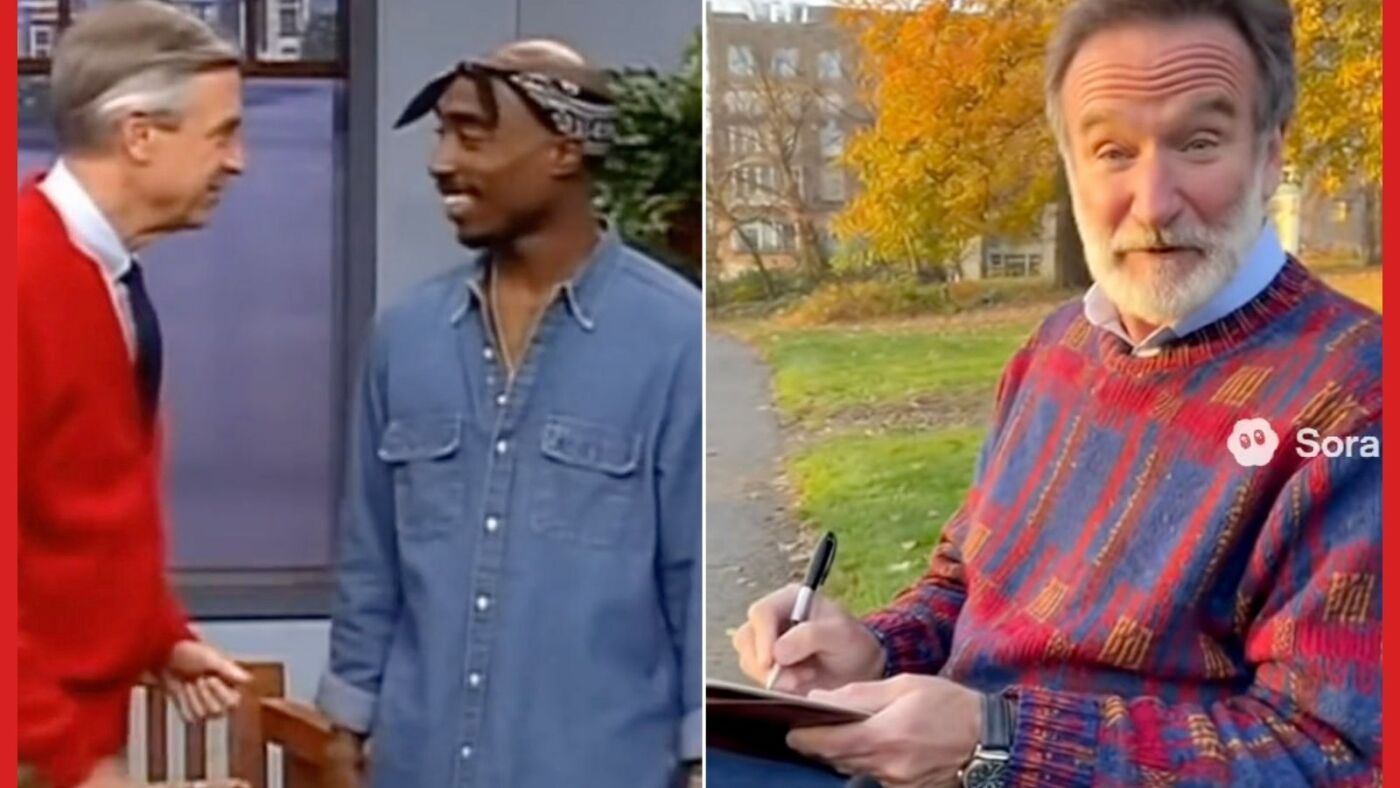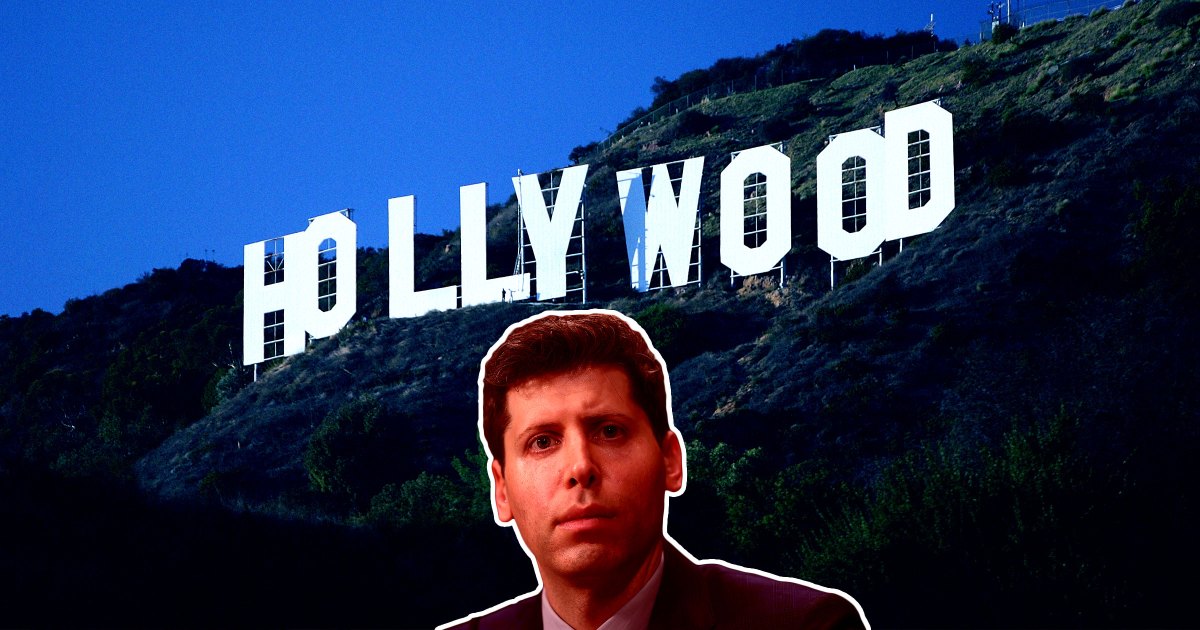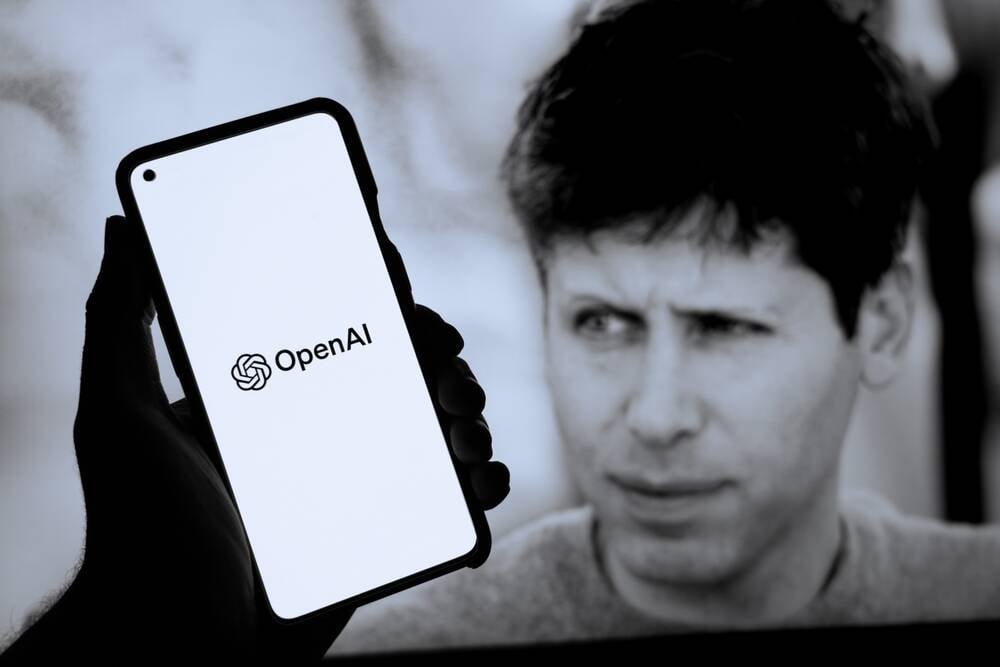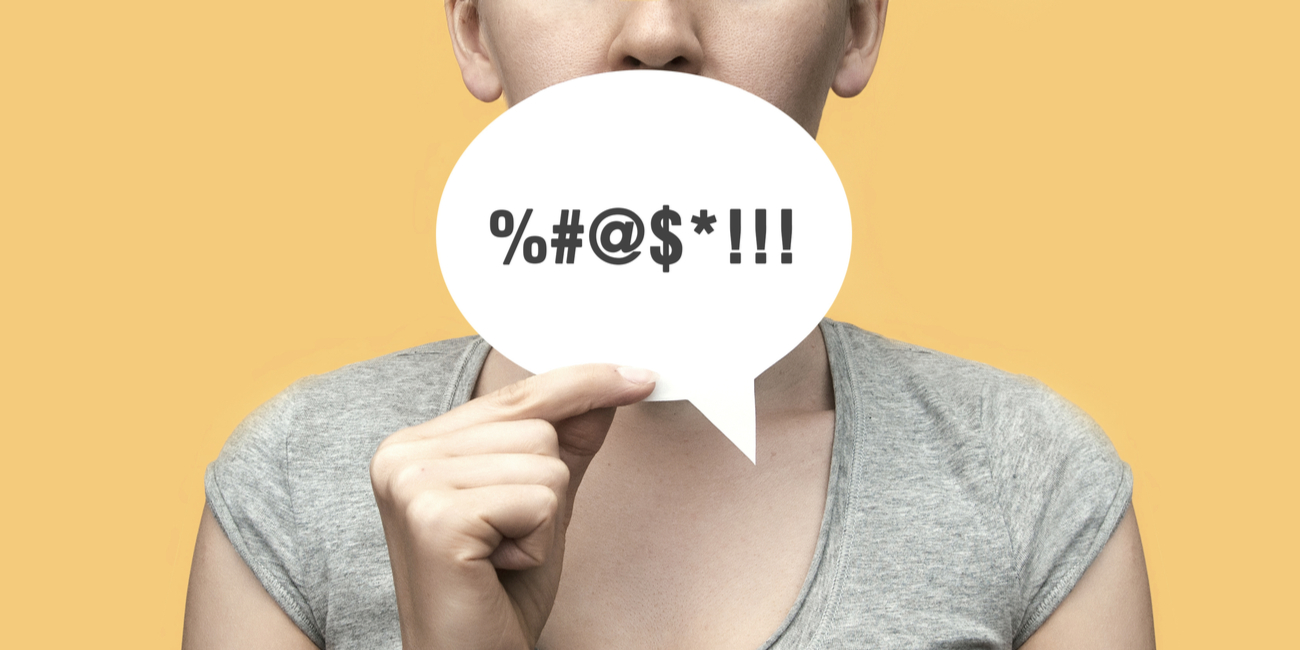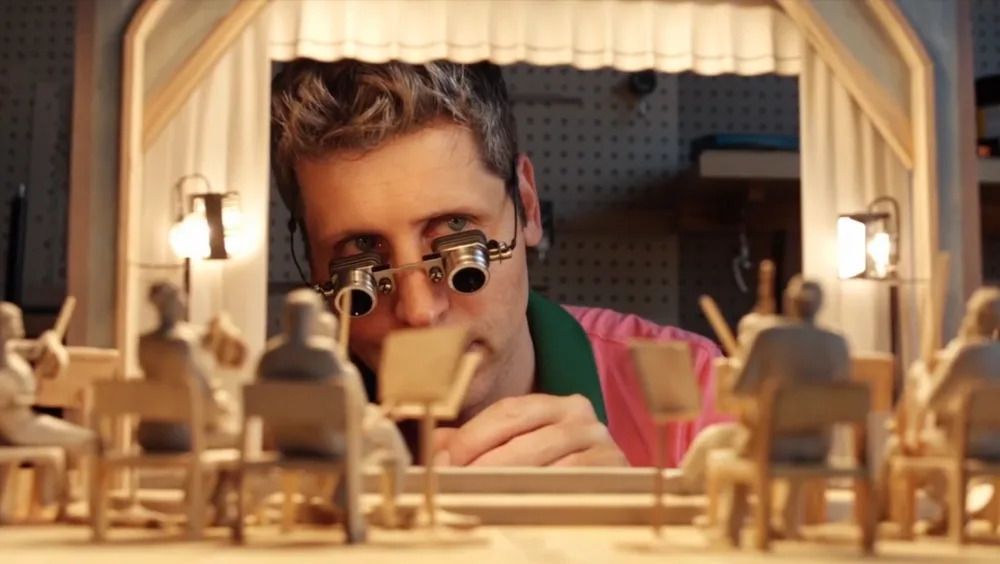#sora-2
#sora-2
[ follow ]
fromBusiness Insider
6 days agoSora thrilled me when it was first released. Now, I'm bored with it.
No one - except maybe Sam Altman - loved Sora 2 as much as I did when it first launched. I spent so much time using it during the first few days that I was easily burning through my phone battery by 5 p.m. ( Tim Cook: Let's talk about that later.) And I was wasting huge chunks of my workday (To my editor: Let's not talk about that later) making silly videos of myself and my friends.
Digital life
fromFuturism
2 weeks agoStudio Ghibli Demands That OpenAI Stop Ripping Off Its Work
The group, called the Content Overseas Distribution Association (CODA), said that it had determined Sora 2 is able to generate outputs that "closely resembles Japanese content or images" because this content was used as training data. Therefore, in cases "where specific copyrighted works are reproduced or similarly generated as outputs," CODA said, it "considers that the act of replication during the machine learning process may constitute copyright infringement."
Artificial intelligence
Artificial intelligence
fromFast Company
2 weeks agoAI videos of Hurricane Melissa flood social media as users confront natural disaster news in the Sora era
AI-generated videos produced by new text-to-video apps flooded social media during Hurricane Melissa, blurring reality and amplifying misinformation risks.
Artificial intelligence
fromwww.theguardian.com
1 month agoIt's Sam Altman: the man who stole the rights from copyright. If he's the future, can we go backwards? | Marina Hyde
Sam Altman appears charming yet unsettling, and OpenAI's Sora 2 release exposes copyright abuse and troubling corporate dealmaking.
Artificial intelligence
fromBusiness Insider
1 month agoSora 2 is drawing a huge crowd of teenage boys. This doesn't bode well - trust me.
Sora 2's public feed is dominated by teenage boys, features offensive deepfake-style videos of celebrities, and poses significant content-moderation and trust-and-safety risks for OpenAI.
fromFuturism
1 month agoOpenAI's Sora 2 Already Melting Down Into Outrageous Drama
It's becoming increasingly clear that OpenAI put staggeringly little thought into the rollout of Sora 2, its latest text-to-video generating app, a "move fast and break things" approach that has resulted in plenty of drama. Last week, the Sam Altman-led company released the TikTok-style app that churns out endless feeds of low-rent and mind-numbing AI slop. It's an " unholy abomination" that intentionally encourages users to generate deepfakes of others,
Artificial intelligence
fromZDNET
1 month agoOpenAI's Sora 2 launches with insanely realistic video and an iPhone app
For example, OpenAI said in a blog post that the model was trained to be less overly optimistic, a characteristic that can be observed in instances where a Sora-generated video shows the player missing the shot but still making it into the hoop. With Sora 2, OpenAI claims the player would miss the shot, and the ball would rebound off the backboard.
Artificial intelligence
[ Load more ]

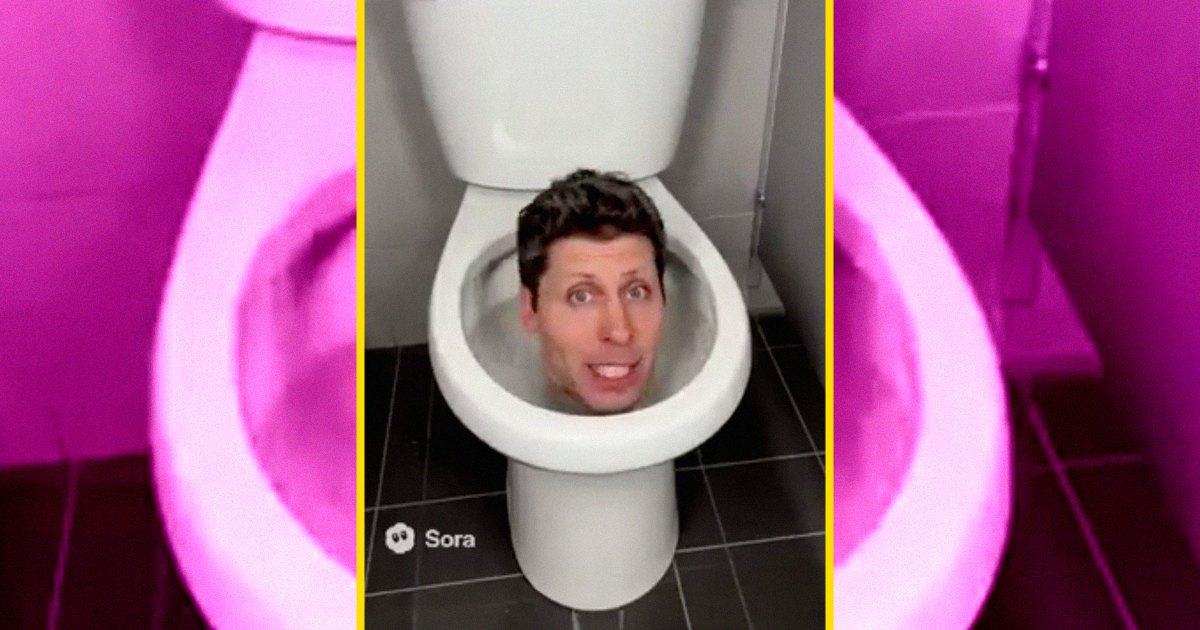
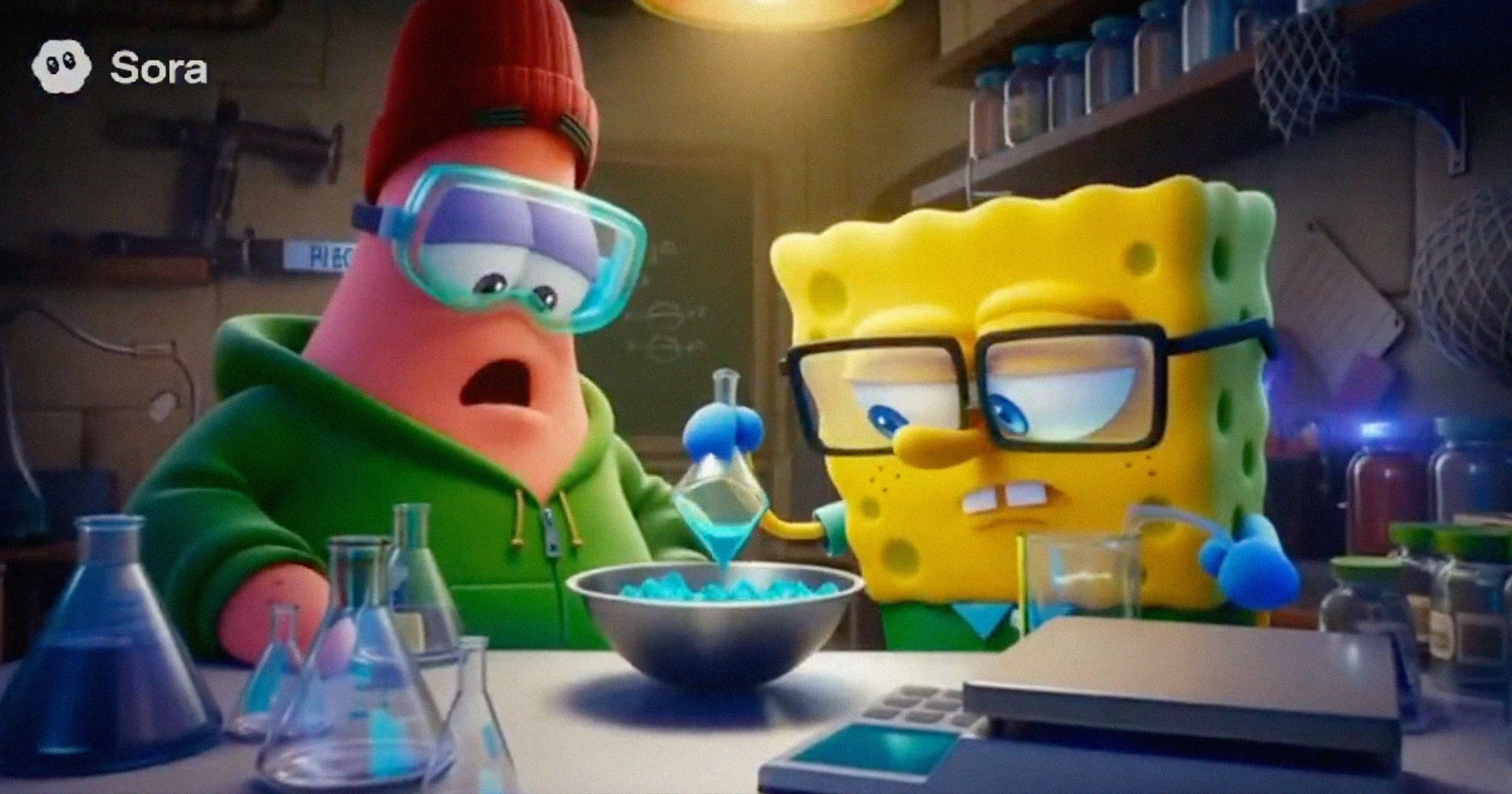

.jpg)

